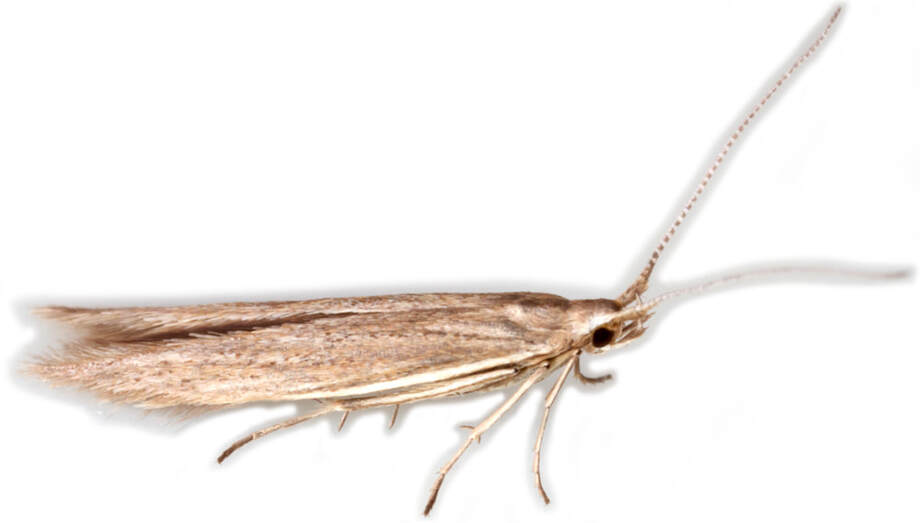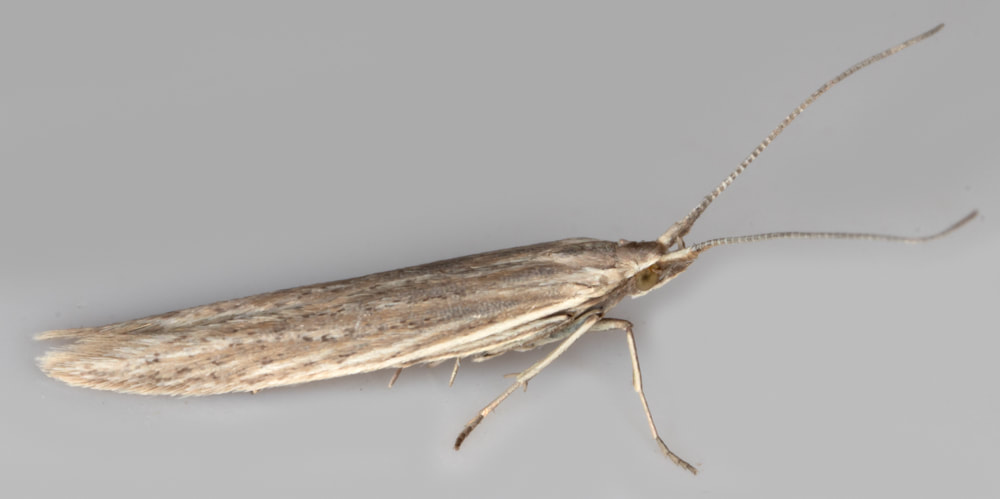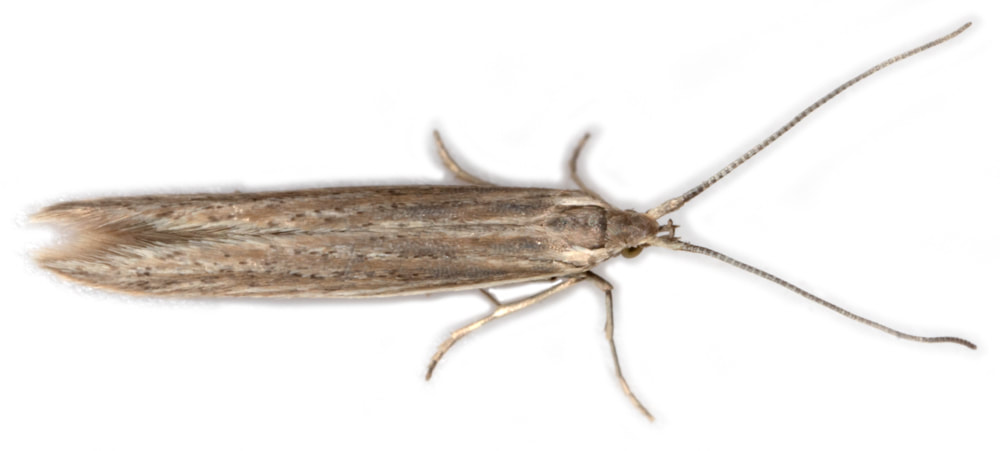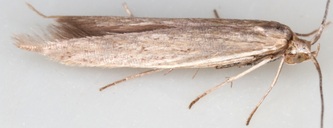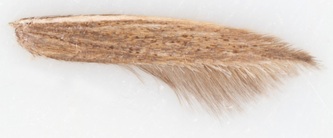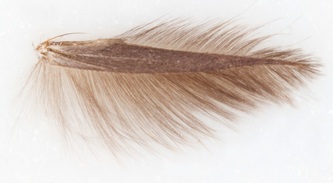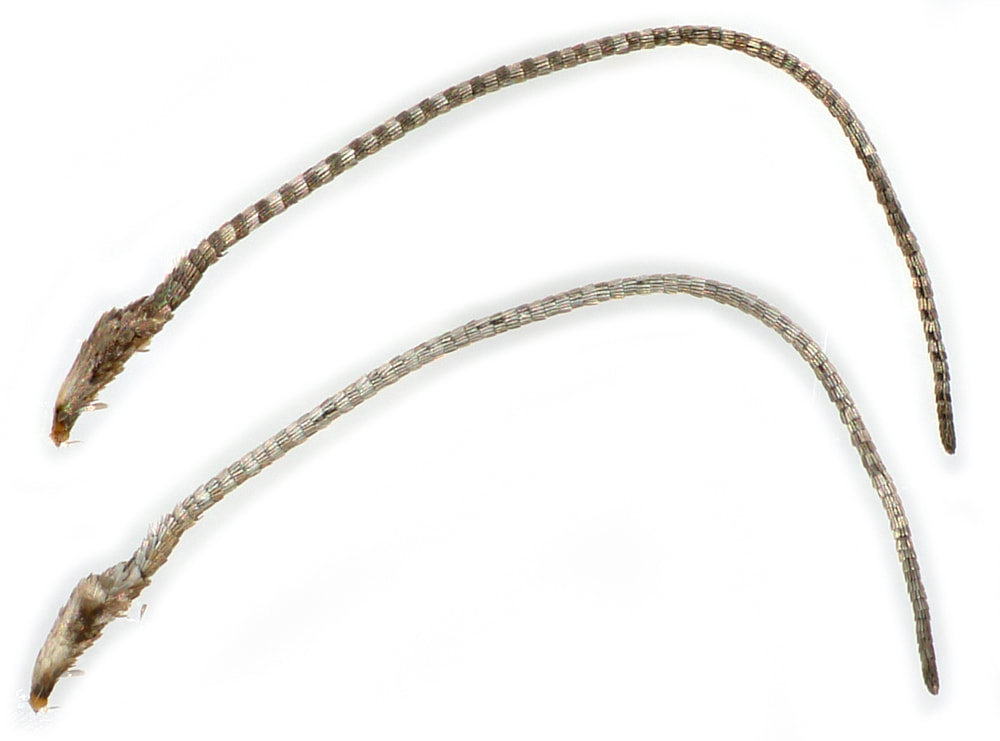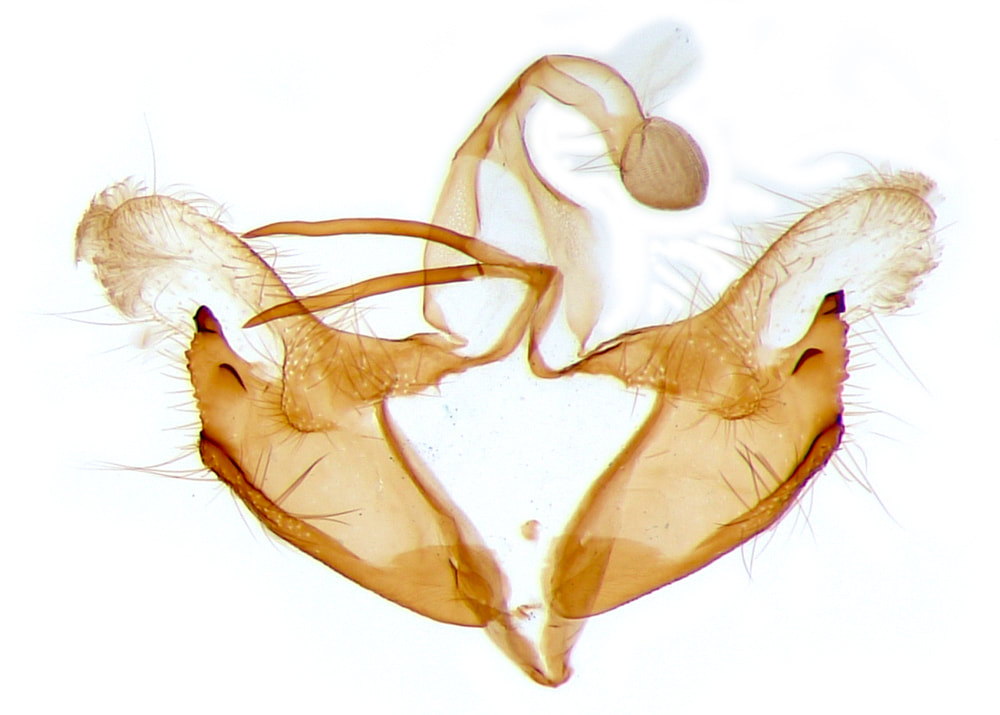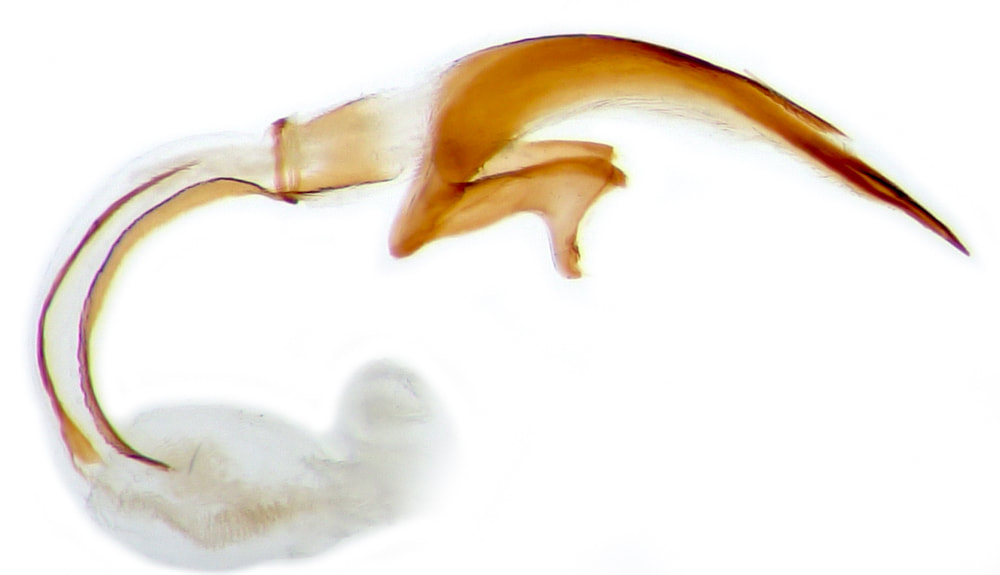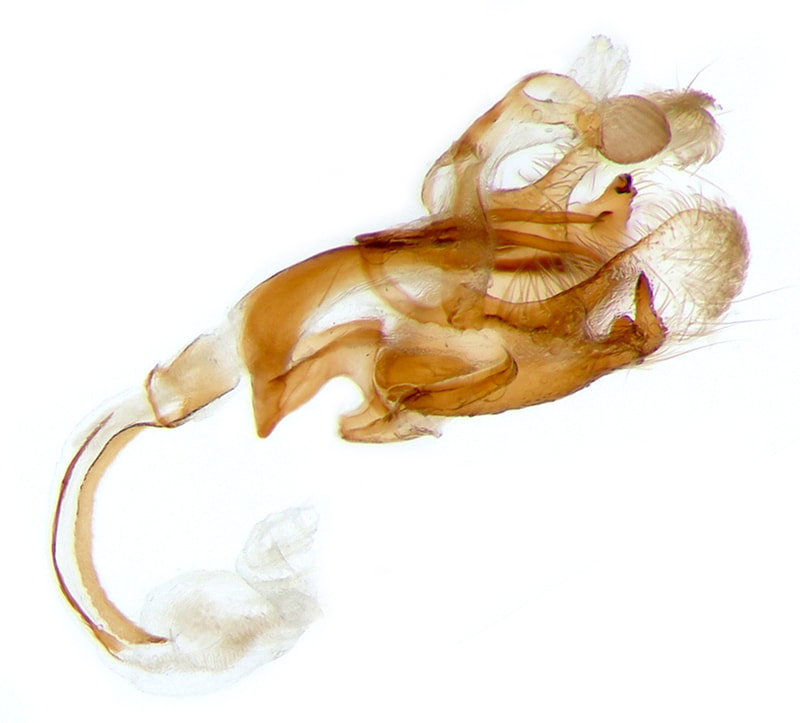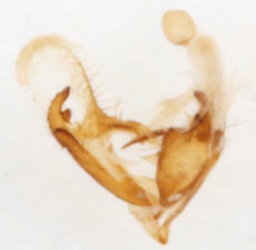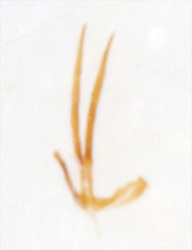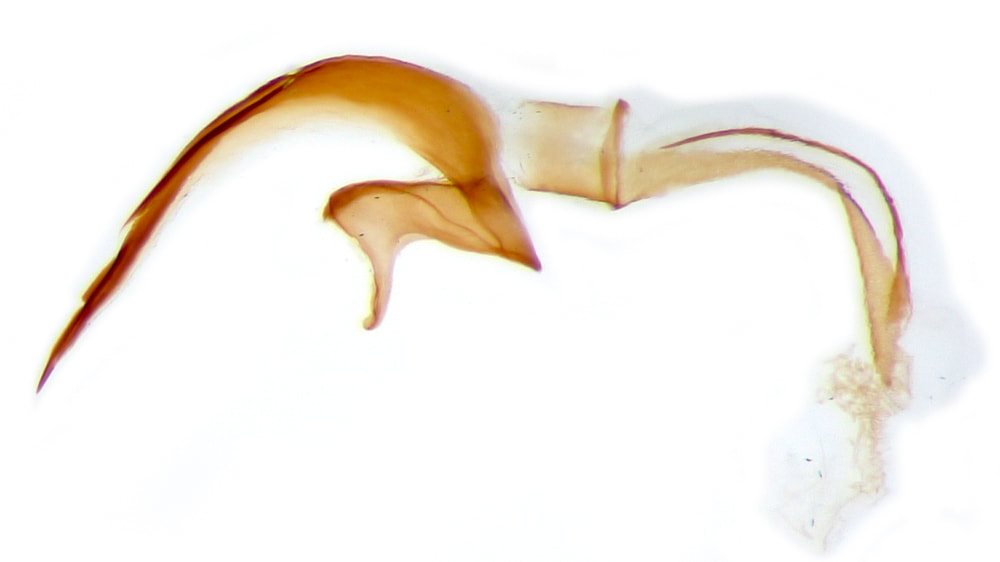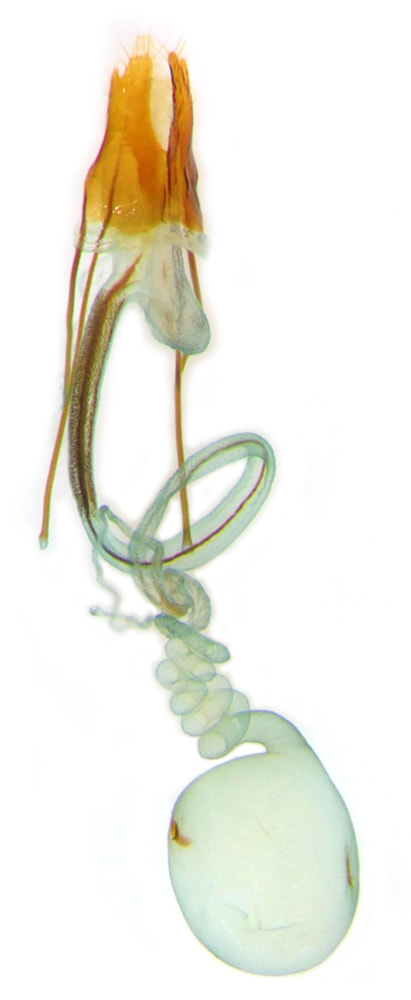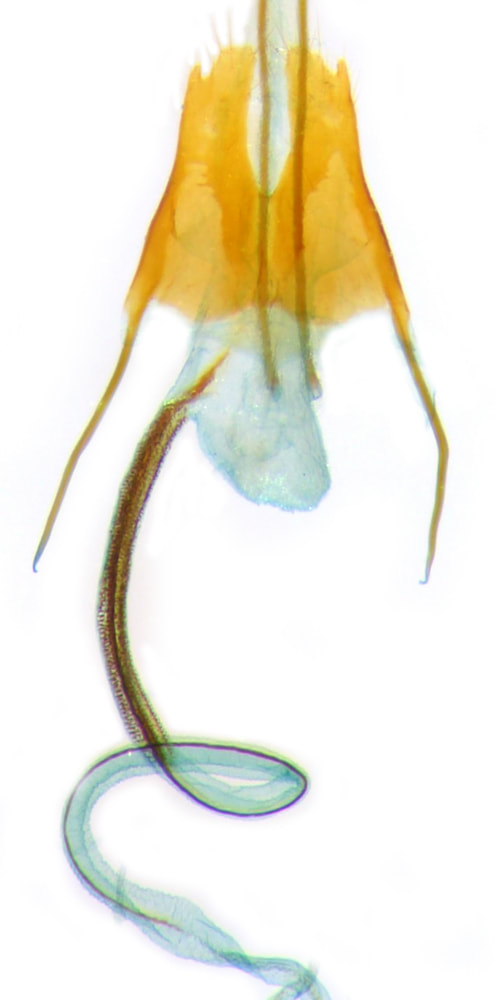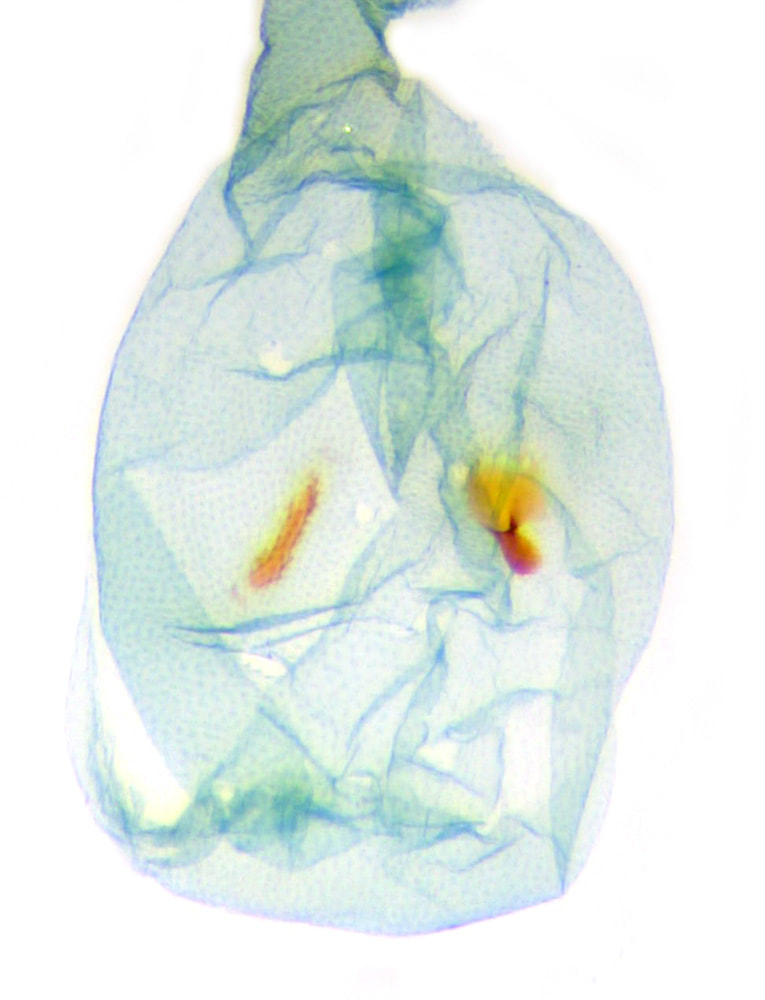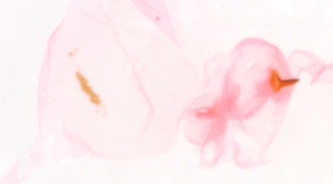37.082 Coleophora asteris (Sea Aster Case-bearer)
ws: 10-15mm; Jun-Sep; sea aster (Aster tripolium); NS-A on saltmarsh on S&E coasts of England
§1 Foulness, Essex; 09/09/2012; female; fw 7.7mm
§2 Foulness, Essex, 02/09/2012; male; fw 7.3mm
§3 Foulness, Essex; 08/09/2018; female; fw 6.5mm
§4 Foulness, Essex; 04/09/2021; male; fw 7.7mm
All images © Chris Lewis
§2 Foulness, Essex, 02/09/2012; male; fw 7.3mm
§3 Foulness, Essex; 08/09/2018; female; fw 6.5mm
§4 Foulness, Essex; 04/09/2021; male; fw 7.7mm
All images © Chris Lewis
Page published 13/09/2012 (§1) | Text amended 26/12/2014 | §3 added 19/02/2019 | §4 added 16/12/2021
